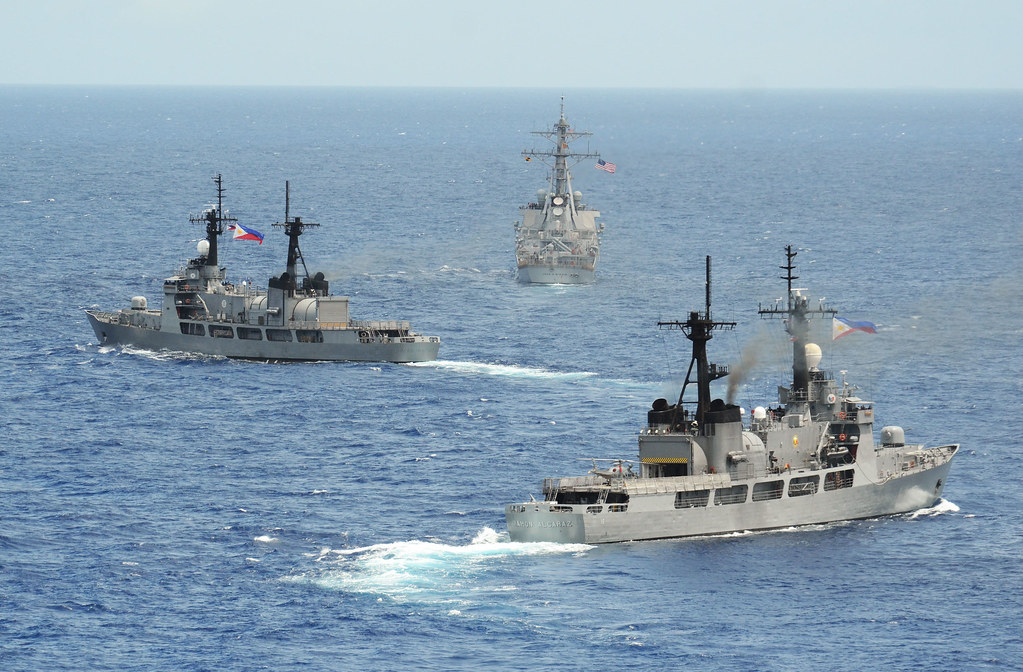 |
| Image: Flickr User - Official U.S. Navy Page |
By Dr. Renato Cruz de Castro
The program seems to be losing steam under the Aquino administration.
A few weeks before President Benigno Aquino’s delivered his last State of the Nation Address on 27 July 2015, the Philippine Daily Inquirer published an article criticizing the Philippine Department of National Defense (DND) for scuttling the Armed Forces of the Philippines’ (AFP) planned acquisition of a shore-based missile system (SBMS) as part of the build-up of the country’s territorial/maritime defense capabilities.
Instead of the missile system, the DND opted for the purchase of marksmen rifles, long range sniper weapons system, and protective gears for the Philippine Army’s (PA) counter-insurgency operations. The DND and the Israeli Ministry of Defense spent several years negotiating the SBMS deal, which is worth Php6.5 billion (estimated US$120 million). The missile system would be put under the operational control of the Philippine Air Force (PAF) and would be installed along the coast of the Philippines’ western-most island of Palawan as part of the AFP’s maritime interdiction system against China’s growing naval presence in the South China Sea.
The negotiation for the missile deal was concluded in December 2014 and contract was waiting for President Aquino’s final approval. However, in April 2015, Secretary Voltaire Gazmin removed the SBMS project from the AFP’s list for the first horizon of the AFP modernization program (2013-2018) and replaced it with designated marksmen rifles, chemical-biological-radiological gear, and long-range sniper weapons system.
Then Army Commander and now AFP Chief-of-Staff Lieutenant General Hernando Iriberri reasoned that while the SBMS project was important to the country’s defense of the West Philippine Sea (South China Sea) it was [sic is] more appropriate to fill the “gaps in the battlefield equipment in view of clear, present and continuing occurrences of terrorist acts.” Secretary Gazmin then successfully convinced President Aquino to remove the SBMS from the list of military hardware that will be purchased during his term and replaced it with equipment geared for primarily internal security. General Iriberri justified President Aquino’s decision by declaring that it was “for the best interest of the 85,000-strong PA.”
General Iriberri’s declaration however, begs the question: how does the acquisition of weapons system geared for internal security fit into the Philippine military’s overall and long-term thrust of shifting from internal security to territorial/maritime defense?
Read the full story at The Diplomat
